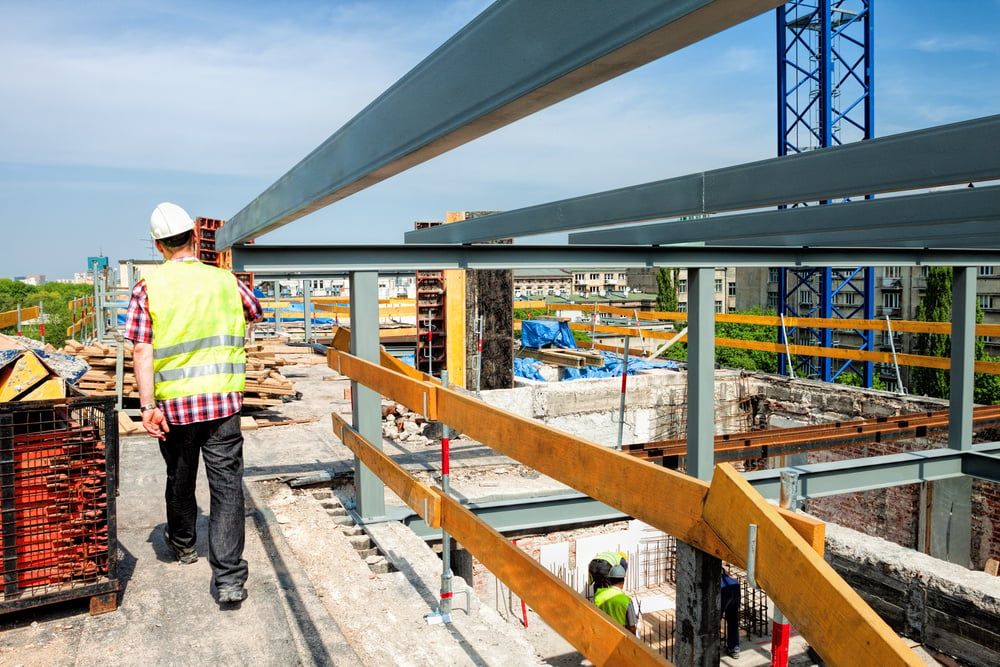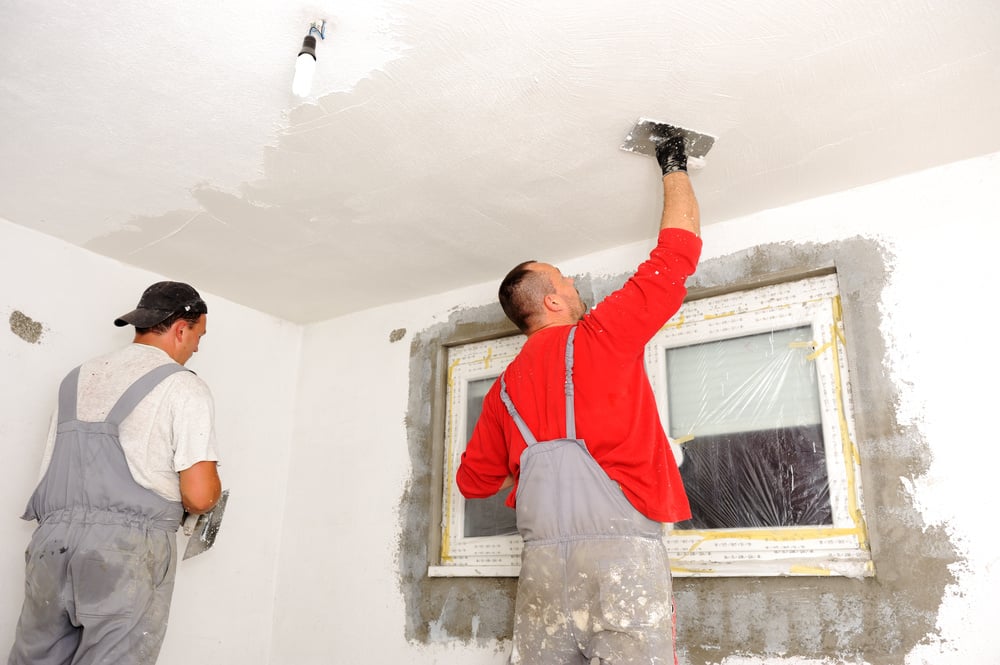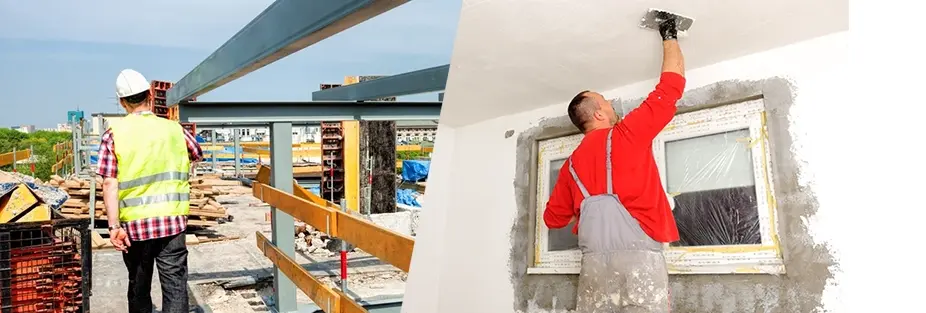Forecast predicts 67% jump in U.S. renovations by 2030
It’s a question asked by many developers: “Should we build new, or should we renovate?”
It would appear more project owners are opting for the second option. According to forecasts from ConstructConnect, the United States could see a nearly 70% increase in commercial renovation spending over the next several years.
A rise in renovations doesn't surprise Michael Guckes, Chief Economist at ConstructConnect. He says that high interest rates, more people working from home, and other effects of the COVID pandemic have changed the commercial real estate market.

“All of these factors continue to erode the profitability of new construction for prospective owners and developers,” Guckes adds. “However, these same conditions have laid the foundation for a renaissance in renovation work.”

At the start of 2024, some $300 billion was spent on renovations across the country. That amount is expected to grow to $500 billion by 2030.
Total U.S. construction starts, or projects that have broken ground and are ready to build, dipped 3.6% between 2023 and 2024. While ConstructConnect forecasts total starts to rebound in 2025, it appears renovation is here to stay as an attractive option for the foreseeable future.
What construction projects get renovated the most?
Multi-family structures are expected to see the biggest increase in renovation spending. In 2022, around $5.5 billion was spent on updating multi-family projects. By 2028, ConstructConnect forecasting shows that number could reach $24.3 billion.
The post-COVID increase in prices and mortgage rates have translated into fewer home sales in the U.S, and turned attention to a surplus of apartment availability. As the pandemic also sparked shifts from office-based work to remote and hybrid options, there are more proposals to convert empty offices into housing once leases expire. All this to say there are a lot of eyes on dense and alternative housing.

Is renovating an office building worth it?
ConstructConnect’s forecasting shows we won’t soon return to pre-pandemic spending on office renovations, but it does project consistent gains year-over-year, topping $9 billion by 2028. For perspective, the U.S. reported a high of nearly $12 billion in office renovation spending between 2018 and 2020.
While the U.S. Bureau of Labor and Statistics says more than a third of U.S. workers do some or all of their work at home, the country has seen some major companies, including Amazon and Citigroup, mandate employees fully return to in-person work. It remains to be seen if more companies will follow suit.
What are “mixed-use” buildings?
A trend that has been picking up steam is that of “mixed-use” projects, or ones that combine any mixture of retail, housing, office, and healthcare. In October 2024, plans began in Herndon, Virginia to turn a five-story story former office building into a complex of apartments, offices, open air event space, and pickleball courts. That office building had an 82% occupancy rate in 2010, but became completely vacant once leases expired in 2023.

Transitions to mixed-use have been a popular trend in recent years for failing American shopping malls. Commercial real estate firm JLL reports nearly half of all mall redevelopments were mixed-used conversions by 2023.
There can be big money involved in these projects. In late 2024, New York Governor Kathy Hochul (D) announced $18 million in state investments were granted to further refurbish a shopping mall. Down in Tennessee, Nashville’s city government spent $44 million to buy a vacant mall, and is currently mulling a master plan to convert it to community use.
Guckes says money is the big reason we will likely see many more renovations happen in the future.
“Renovation allows buyers to purchase existing property, often at hefty discount, while also minimizing labor and materials costs. While this combination of advantages remains, we expect the elevated returns on renovation to drive activity higher,” he explains.
Where can you get more data on construction spending?
From North American construction starts data to exclusive, in-depth reporting, ConstructConnect has a robust library of Economic Resources for the construction professional.
In partnership with the Associated General Contractors of America (AGC) and American Institute of Architects (AIA), ConstructConnect hosts live webcasts every fall and spring—where Guckes and other leading economists break down industry trends and look towards the future.
Our next webcast, The Construction Economy Outlook: 2025 Starts Now will be held on Thursday, November 14, from 2 p.m. – 3 p.m. Eastern. Registration is free, all are welcome, and AIA members can earn 1.5 CE Learning Unit credits by attending.
Secure your spot for the November 14 webcast today.
If you're a manufacturer of building products and would like to better understand additional trends and drivers shaping the construction industry and then map them to emerging business opportunities in your area, learn more about our Insight Forecast solution. If you'd like a free demonstration, sign up today."
